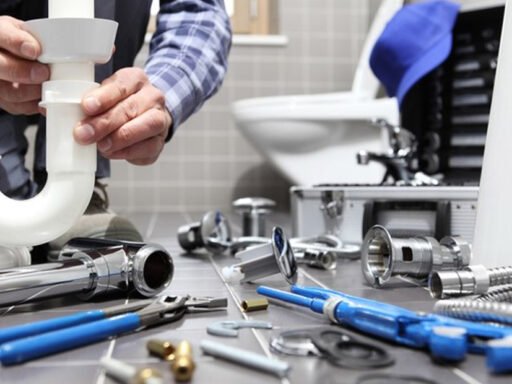Think about living in a warm, energy-efficient home all year long, with lower energy bills and comfortable temperatures. To get this level of comfort and efficiency, you need to insulate your home properly, but it can be hard to figure out all of your options and how to install it.
For better energy efficiency and comfort in your home, learn how to use insulation correctly. This blog will provide your guide to using home insulation.
1. Assessing Your Home’s Insulation Needs
Assessing your home’s insulation needs is the first step in using home insulation effectively. Start by checking areas where heat might be escaping or cold might be entering, such as attics, walls, and floors. Look for signs like drafty rooms, high energy bills, or inconsistent temperatures.
You can use a home energy audit or hire a professional to identify problem areas. This assessment helps you understand where insulation is needed the most and what type of insulation would work best for your home.
2. Choosing the Right Insulation Material
There are various types of insulation, such as fiberglass, foam board, spray foam, and cellulose. Each type has different properties and benefits. For example, fiberglass is good for standard wall cavities, while spray foam can seal gaps and provide high insulation value.
Consider factors like the R-value (which measures insulation effectiveness), ease of installation, and whether the material is suitable for the area you need to insulate. Choosing the right material ensures that you get the best performance and energy savings from your insulation.
3. Insulation Installation Methods
Understanding insulation installation methods helps ensure proper setup and maximum efficiency. Common methods include installing batt or roll insulation in wall cavities, spraying foam into gaps, or placing foam board on surfaces. Each method has its own process and tools required.
For example, batt insulation is typically rolled out and placed between wall studs, while spray foam is applied using special equipment to fill gaps and cracks. Proper installation is key to avoiding issues like gaps, compression, or misalignment, which can reduce the effectiveness of the insulation.
4. Maintaining Your Insulation
Maintaining your insulation is important for long-term performance. Regularly check for signs of damage, such as water leaks, mold growth, or sagging insulation. Make sure no obstructions or debris could affect the insulation’s effectiveness.
If you find any problems, you should fix them right away to stop them from getting worse. Proper maintenance also involves ensuring that insulation is not disturbed during home improvements or repairs.
5. Cost Considerations
The price of insulation varies depending on the type of material, the size of the area to be insulated, and whether you choose to install it yourself or hire professionals.
While some materials may have a higher upfront cost, they can offer better energy savings over time. Calculate the total cost, including installation and potential long-term savings on energy bills, to determine the best option for your budget.
Upgrade Your Home Insulation Today
By investing in the right insulation materials and installation methods, you’ll create a more comfortable living environment and reduce your energy bills. So, take the first step towards a more efficient home and experience the benefits of a well-insulated space.





